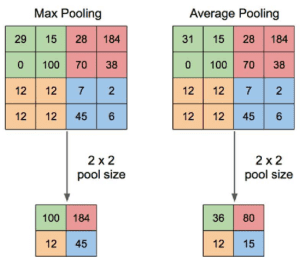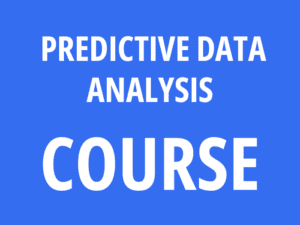A Brief History: Who Developed It?
K-Means clustering was introduced in the 1950s by Stuart Lloyd for signal processing and later refined in the 1970s by James MacQueen for data analysis. Today, it is a cornerstone in machine learning clustering algorithms.
What Is It?
K-Means clustering is akin to sorting marbles into bowls. Each “bowl” represents a cluster, and every marble (data point) is assigned to the bowl where it fits best. The centroids of these clusters adjust iteratively to ensure a minimal distance between points and their assigned cluster.

Why Is It Being Used? What Challenges Are Being Addressed?
Why use K-Means?
- Organizes and simplifies large datasets for analysis.
- Reveals hidden patterns and groupings.
- Speeds up decision-making in sectors like retail, healthcare, and public services.
Challenges Solved:
- Helps manage big data more effectively.
- Automates data segmentation for faster results.
- Improves predictive analysis and targeted insights.
How Is It Being Used?
- Define the number of clusters (K).
- Assign data points to the nearest cluster centroid.
- Update the centroid positions based on the new clusters.
- Repeat until no significant changes occur.
This iterative process optimizes cluster formation, making unsupervised learning tasks efficient.
Different Types
- Mini-Batch K-Means: Processes data in batches for scalability with large datasets.
- Bisecting K-Means: Creates hierarchical clusters by splitting and merging.
Different Features
- Ease of Implementation: Simple algorithm for beginners and experts alike.
- Scalability: Adapts to both small and large data pools.
- Versatility: Applicable to diverse fields like customer segmentation and geographic data analysis.
Different Software and Tools for It
- Scikit-learn K-Means: A Python library with robust clustering capabilities.
- Apache Spark MLlib: Ideal for distributed K-Means processing in big data environments.
- MATLAB: Offers advanced clustering visualization tools.
Applications in Australian Government Agencies
- Australian Bureau of Statistics (ABS): Clusters census data to tailor policies based on demographics.
- Australian Taxation Office (ATO): Segments taxpayers to optimize compliance audits.
- Geoscience Australia: Groups geological data for resource exploration and mapping.
Official Statistics and Industry Impact
- Global: 70% of organizations using machine learning incorporate K-Means for clustering.
- Australia/New Zealand: 35% of public sector projects rely on K-Means for improved service delivery.
(Sources: Australian Bureau of Statistics, Scikit-learn Documentation)
How interested are you in uncovering even more about this topic? Our next article dives deeper into [insert next topic], unravelling insights you won’t want to miss. Stay curious and take the next step with us!








